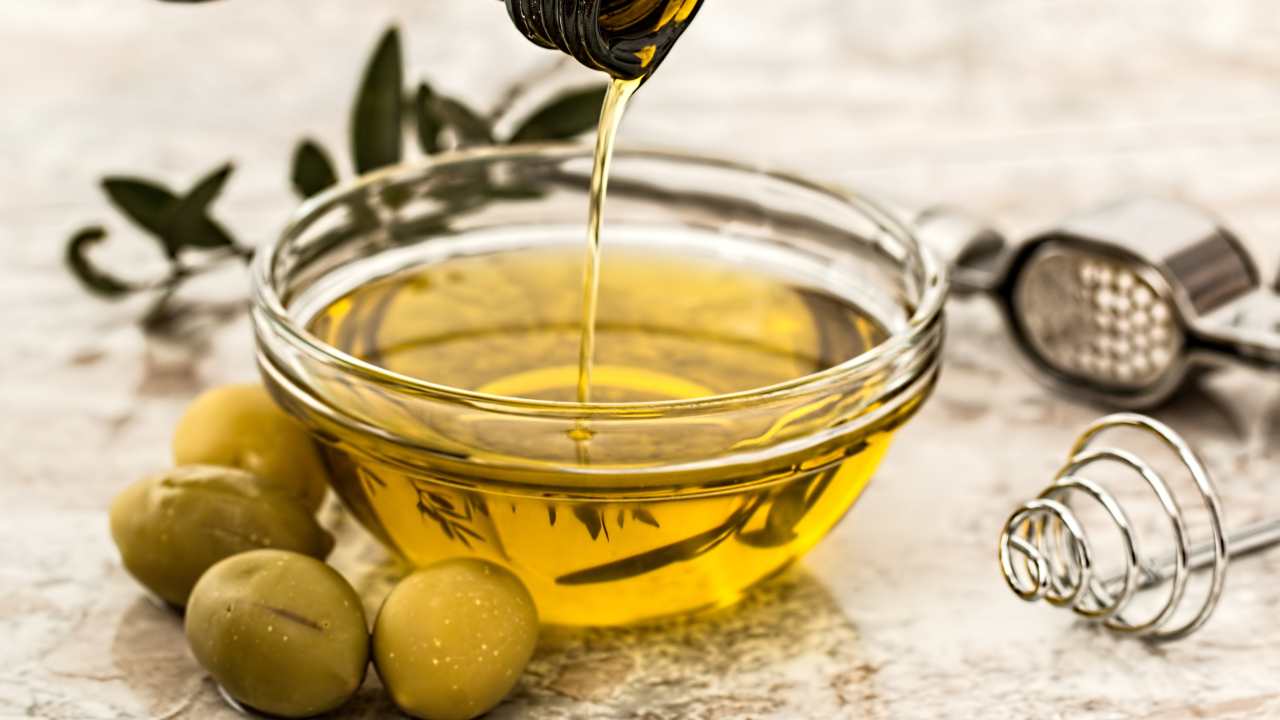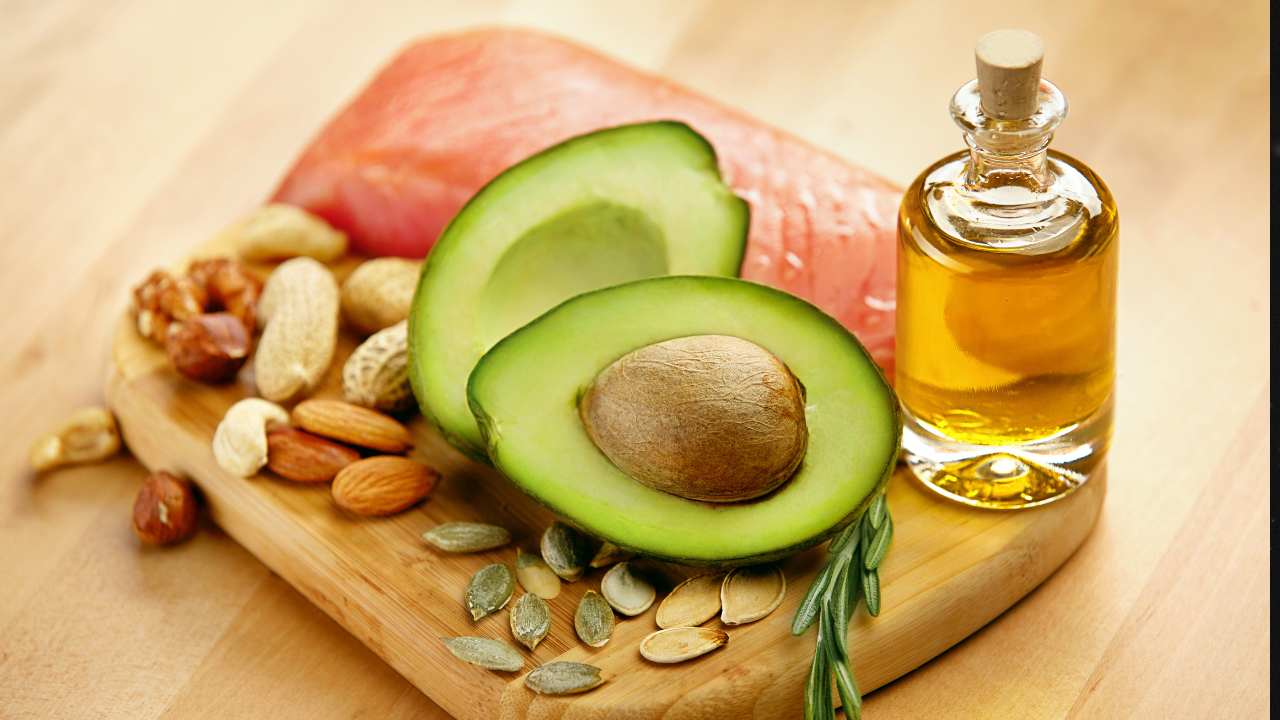Cooking Oils and Fats:When it comes to cooking, the type of oil or fat you use can significantly impact the taste, texture, and nutritional value of your food. Whether you’re frying, sautéing, baking, or dressing a salad, the right cooking oil can elevate your dish. But with so many options available, how do you know which one is best for your health and cooking style?
In this guide, we’ll explore the various types of cooking oils and fats, their health benefits, and how to choose the best one for your kitchen. From vegetable oils to animal fats, understanding their properties will help you make an informed decision for a healthier and tastier cooking experience.
1. Understanding Cooking Oils and Fats
Before diving into the specifics of different oils and fats, it’s important to understand the basic difference between oils and fats.
Also Read
- Oils are typically liquid at room temperature, and they come primarily from plant sources, such as olives, sunflowers, and soybeans. They are high in unsaturated fats, which are considered beneficial for heart health.
- Fats, on the other hand, are solid at room temperature and come from both animal and plant sources. They are higher in saturated fats, and their consumption should be more limited for those concerned about cholesterol and heart disease.
2. Types of Cooking Oils and Fats
a. Vegetable Oils
- Canola Oil: Known for its mild flavor and high smoke point, canola oil is great for frying and sautéing. It contains omega-3 fatty acids and is low in saturated fat.
- Sunflower Oil: High in vitamin E, sunflower oil is great for baking and frying. It has a high smoke point and is rich in unsaturated fats.
- Soybean Oil: Another common vegetable oil, soybean oil is inexpensive and versatile. It’s often used for frying and sautéing and contains a good amount of omega-6 fatty acids.
b. Olive Oil
- Extra Virgin Olive Oil: This is the highest quality olive oil and is rich in antioxidants and monounsaturated fats. It’s best for drizzling over salads, dipping bread, or using in dressings and low-heat cooking.
- Regular Olive Oil: A more affordable option that works well for high-heat cooking like frying and roasting, although it has a slightly more refined flavor than extra virgin olive oil.
c. Coconut Oil
Coconut oil has gained popularity due to its unique flavor and purported health benefits. It’s high in saturated fat, which makes it solid at room temperature. While it may be good for baking and medium-heat cooking, it’s best used in moderation due to its high saturated fat content.
d. Butter and Ghee
- Butter: A staple in many kitchens, butter is made from cream and is rich in saturated fats. It imparts a rich flavor to baked goods, sautéed vegetables, and more.
- Ghee: A clarified form of butter, ghee has a higher smoke point and is commonly used in Indian cooking. It’s lactose-free and has a nuttier flavor than regular butter.
e. Animal Fats
- Lard: Made from pork fat, lard is used for deep-frying and pie crusts. It has a high smoke point but should be used in moderation.
- Tallow: Beef fat, also used for frying and baking, tallow is another option for those looking for a rich, savory flavor in their cooking.
3. Health Benefits and Considerations
Not all oils and fats are created equal when it comes to health benefits. Here are a few things to consider when choosing the right cooking oil or fat:
- Unsaturated Fats vs Saturated Fats: Oils rich in unsaturated fats, like olive oil, avocado oil, and canola oil, can help reduce bad cholesterol levels and improve heart health. On the other hand, saturated fats, found in butter, coconut oil, and lard, should be consumed in moderation.
- Omega-3 and Omega-6 Fatty Acids: Omega-3 fatty acids, found in oils like flaxseed oil and canola oil, are known for their anti-inflammatory properties. Omega-6 fatty acids, found in soybean oil and sunflower oil, are essential but should be balanced with omega-3s to avoid inflammation.
- Trans Fats: These fats, often found in processed foods, are harmful to heart health and should be avoided as much as possible. Check ingredient labels for “partially hydrogenated” oils, which indicate the presence of trans fats.
4. How to Choose the Right Cooking Oil for Different Purposes
Choosing the right cooking oil depends on the type of cooking you’re doing. Here’s a quick guide:
- High-Heat Cooking (Frying, Sautéing): For frying or sautéing, you’ll need an oil with a high smoke point. Oils like canola oil, sunflower oil, avocado oil, and peanut oil are perfect for high-heat cooking.
- Medium-Heat Cooking: For grilling, roasting, or pan-frying, oils like olive oil, coconut oil, and vegetable oil work well.
- Low-Heat Cooking and Dressings: When you’re making salad dressings or using oil in raw form, extra virgin olive oil and flaxseed oil are great choices due to their rich flavor and health benefits.
- Baking: For baking, butter, coconut oil, or vegetable oils like canola oil are commonly used to provide moisture and flavor.
5. Storing Cooking Oils and Fats
Proper storage is key to maintaining the quality and longevity of cooking oils and fats. Most oils should be stored in a cool, dark place away from direct sunlight. Oils like olive oil should be kept in dark bottles to prevent oxidation, which can affect taste and nutritional content. Fats like lard and tallow should be stored in airtight containers in the refrigerator for extended shelf life.
Trusted Sources Link –https://nutritionsource.hsph.harvard.edu/
Conclusion
Choosing the right cooking oils and fats can seem overwhelming, but with a basic understanding of their types, health benefits, and uses, you can make informed choices for your cooking and overall health. Whether you prefer the rich flavor of butter, the health benefits of olive oil, or the versatility of vegetable oils, each has its place in the kitchen.
So next time you’re about to cook, consider the type of oil or fat that best suits your dish and enjoy a healthier, more flavorful meal.
FAQ Section:
Q1: Which cooking oil is the healthiest? A1: Olive oil, especially extra virgin olive oil, is considered one of the healthiest due to its high content of monounsaturated fats and antioxidants. It’s great for heart health.
Q2: Is coconut oil bad for you? A2: While coconut oil is high in saturated fat, it can be part of a healthy diet when used in moderation. It has a unique flavor and is suitable for certain types of cooking, especially baking.
Q3: Can I use olive oil for frying? A3: Yes, you can use olive oil for frying, but it has a lower smoke point than other oils like canola or sunflower oil. It’s better suited for medium-heat frying or sautéing.
Q4: What oils are best for high-heat cooking? A4: Oils like avocado oil, sunflower oil, canola oil, and peanut oil have high smoke points and are ideal for high-heat cooking like frying.
Stay Connected With Google News
Article Sources and References :-
10 Foods to Avoid if You Want to Fight Cancer Does Cooking Oil Cause Cancer? What Are the Names of Cooking Oils? Olive Oil Benefits for Females: Health, Beauty, and Wellness






